On This Day...February 25th
US. Ensign Ardon Rector Ives personifies grace under pressure as he appears calm and focused unbuckling himself from an inferno engulfing his (appropriatey enough) Hellcat. of VF-9 fighter carrier group.
Ardon Ives was KIA in a dogfight with Japanese fighters just a few weeks later on March 18 1945, aged 23 (Initially classified as MIA until May 22 1945 until reports corroborated his death). He was awarded the Distinguished Flying Cross (Posthumously) for “extraordinary achievement while participating in aerial flight as a Fighter Pilot embarked in U.S.S. Yorktown from 16 February 1945 to 18 March 1945.”
He is buried in his home town of Rockford, Kent County, Michigan.
P-47D Thunderbolt 'Torrid Tessie' of the 346th Fighter Squadron and flown by USAAF 1Lt Homer St. Onge, seen here flying over Italy, February 25th, 1945.
Although fighting went on for some time, Iwo Jima had ‘changed management’. Supplies being unloaded onto ‘Beach Red One’ from LSM-141, LSM-43, and LSM-47, Iwo Jima, 25th February 1945.
Picture taken from Los Angeles Harbor in the early morning hours of February 25th, 1942, showing anti-aircraft spotlights searching the sky during the Great Los Angeles Air Raid. False alarm, UFO’s, rogue Japanese pilots, US secret aircraft, weather balloons? All were reported afterwards. Three civilians were killed in the AA fire.
Salvage team remove turrets number 3 and 4 from the USS Arizona in Pearl Harbour, 25th February, 1942.
F6F-5 Hellcats aircraft of Fighting Squadron (VF) 9 pictured during flight operations on board the Lexington (CV-16). February 25th, 1945.
February 25th 1945 a quite stunning view as HMS Slinger passes under Sydney harbour bridge with Corsairs of 1845 squadron arranged on deck.
Messerschmitt Me 262 A-2a, W.Nr. 110619) flown by Ofw. Hermann Wieczorek of 2./KG 51, Rheine-Hopsten, Germany, 25th February 1945.
The Blohm and Voss BV141 first flew today on February 25th, 1938
The Blohm & Voss BV 141 was a (a particularly ugly) German tactical reconnaissance aircraft. Notable for its structural asymmetry, the BV 141 performed well, but was never ordered into full-scale production, mainly because the unavailability of the preferred power plant and competition from the Focke-Wulf Fw 189. 20 BV 141Bs ordered were produced and delivered.
On February 25th, 1933 the aircraft carrier USS Ranger (CV-4) was launched. It was the first ship in the U.S. Navy to be designed and built from the keel up as a carrier.
Lockheed P-38L 6-aircraft formation (S/N 44-25257 in foreground) in a fly-by to commemorate the work of Lockheed test pilot Milo Burcham.
Sadly, this great test pilot died at the age of 41 when a prototype plane (YP-80) he was testing flamed out on take-off on 20th October, 1944. Due to his vast experience as in engineering flight testing, Burcham did most of the test flying on the P‑38.
In his short life he flew more P-38 test flights than any other pilot and taught lessons to hundreds of pilots on the nuances of the Lightning.
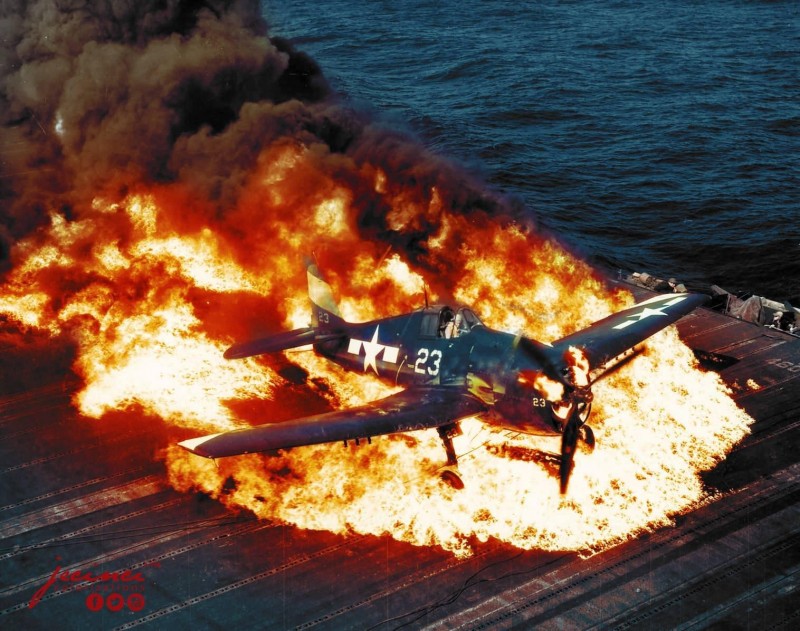
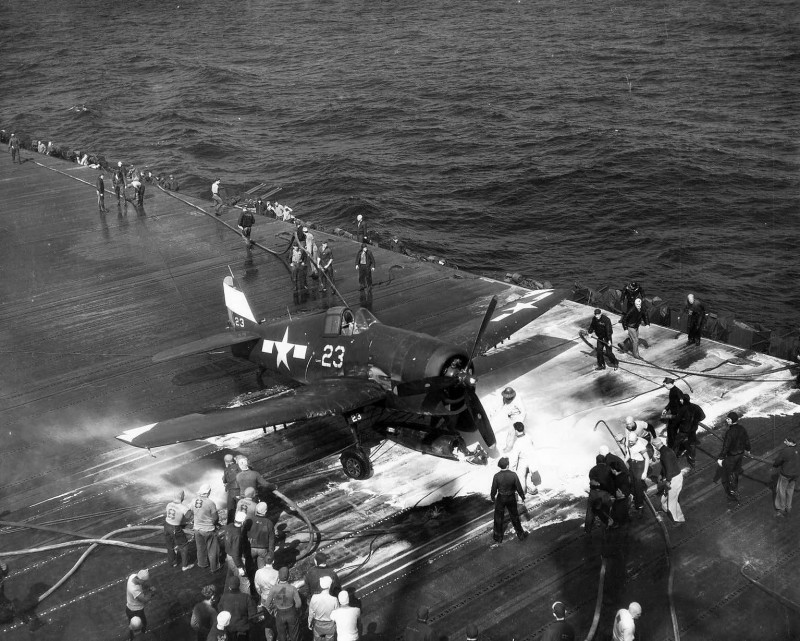
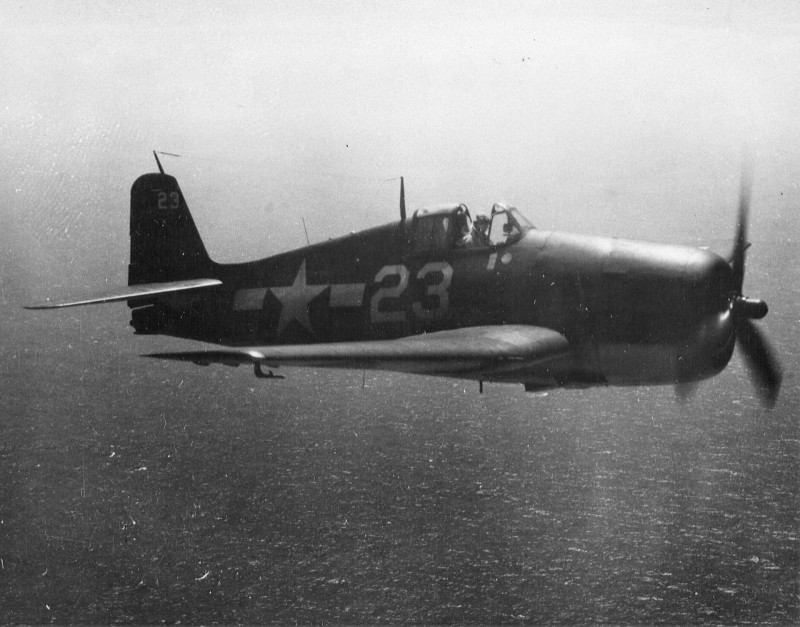
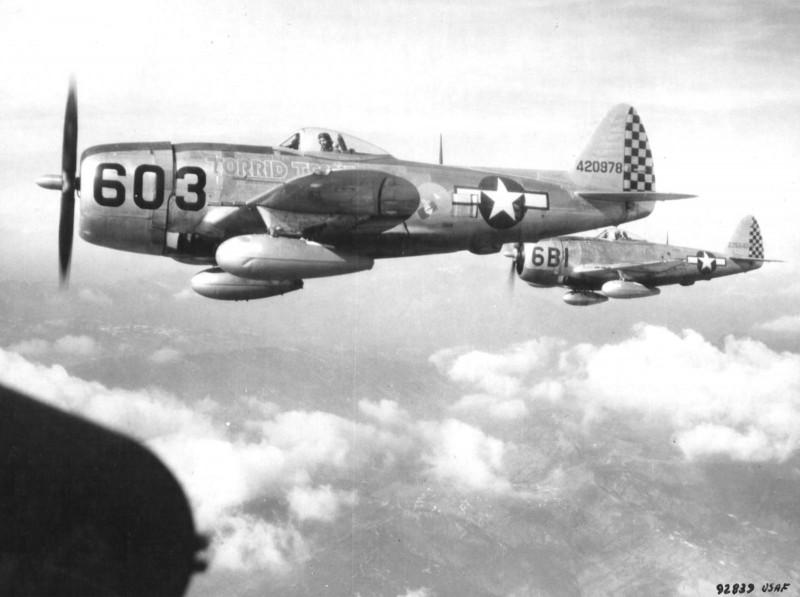
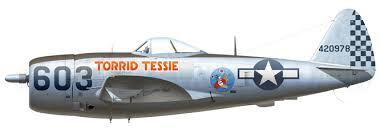
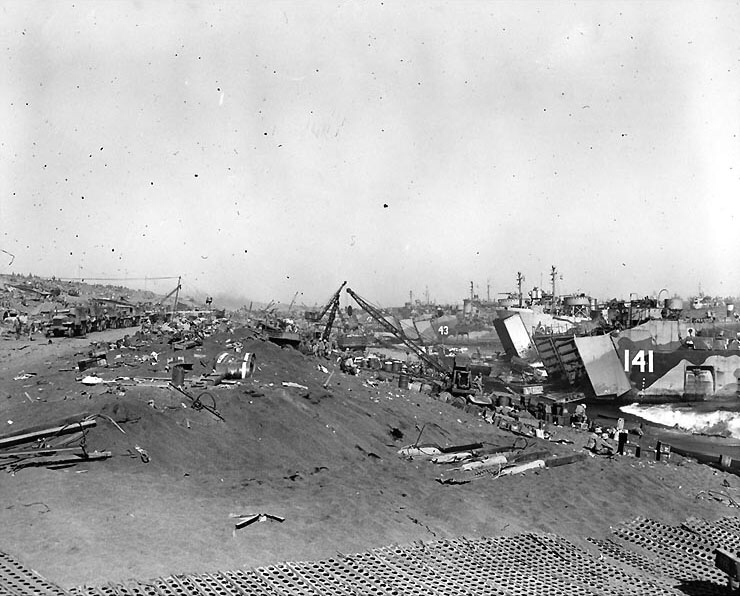


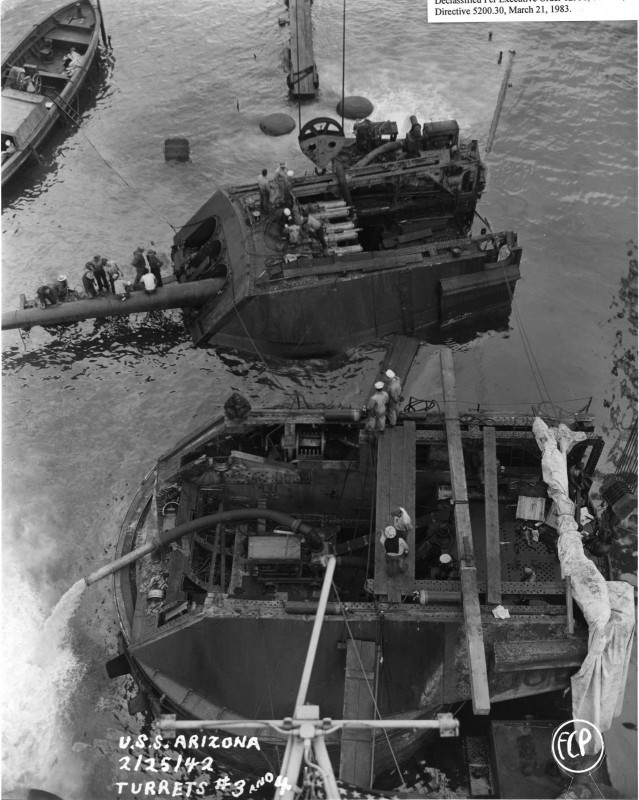
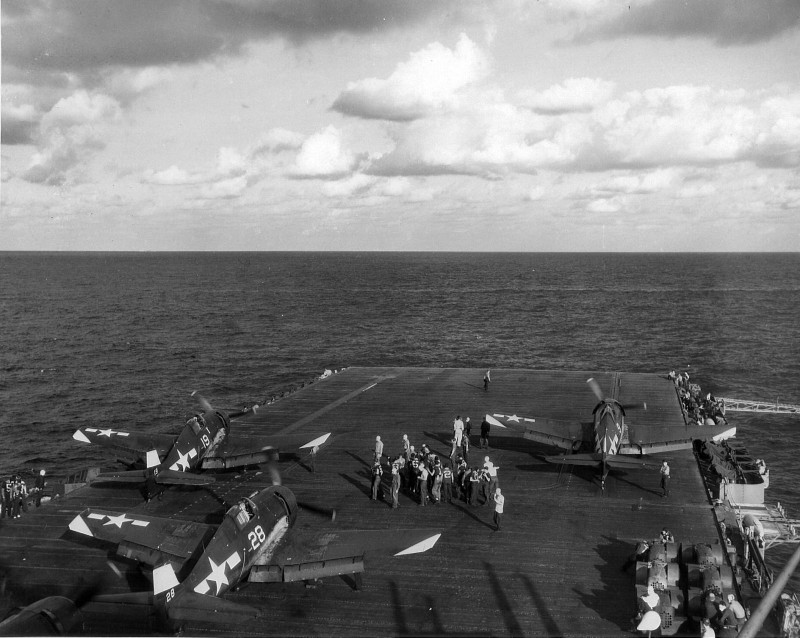
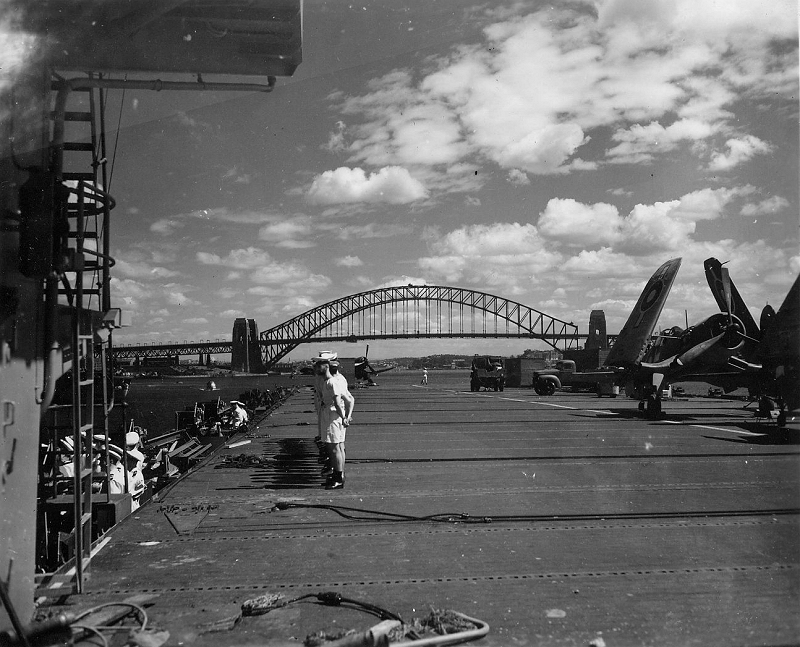
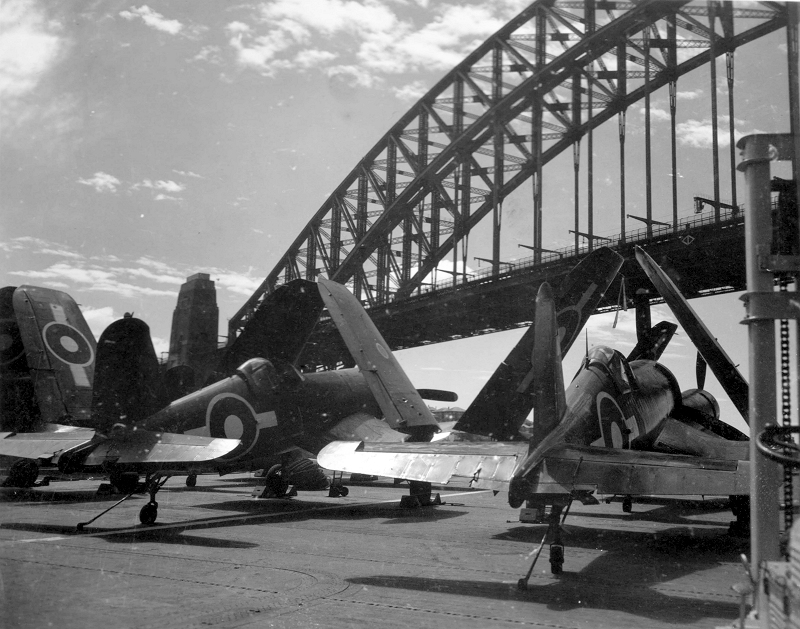

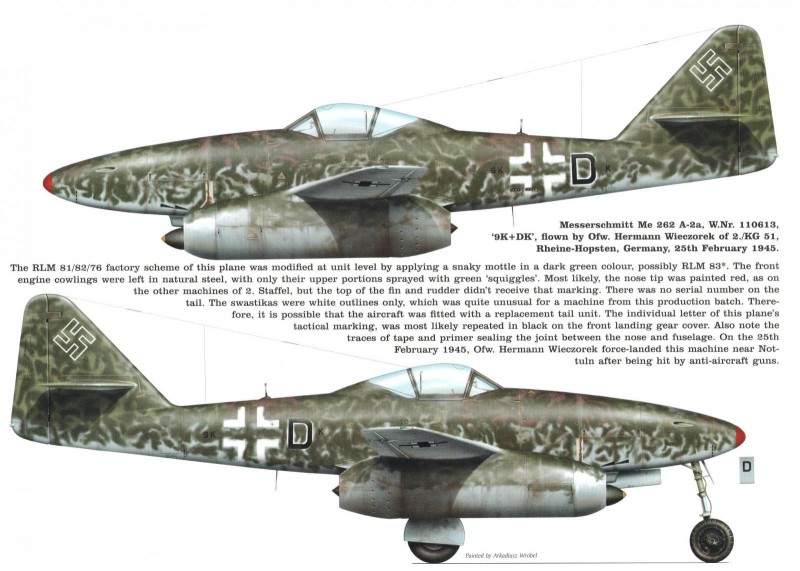
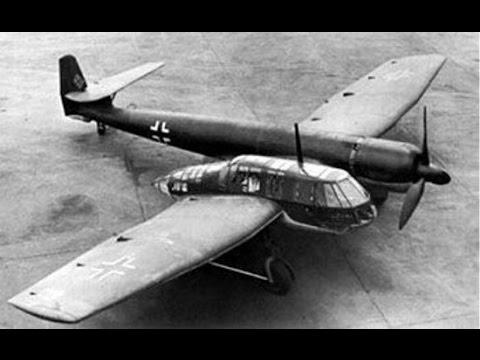
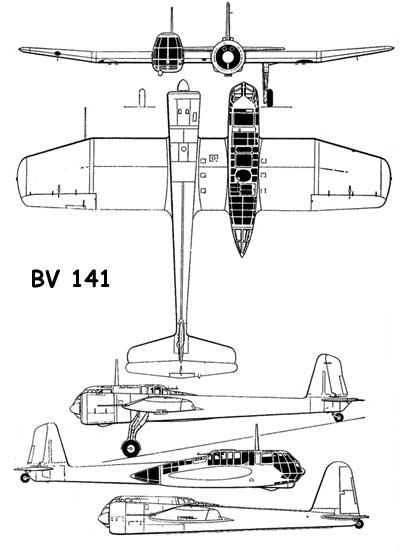
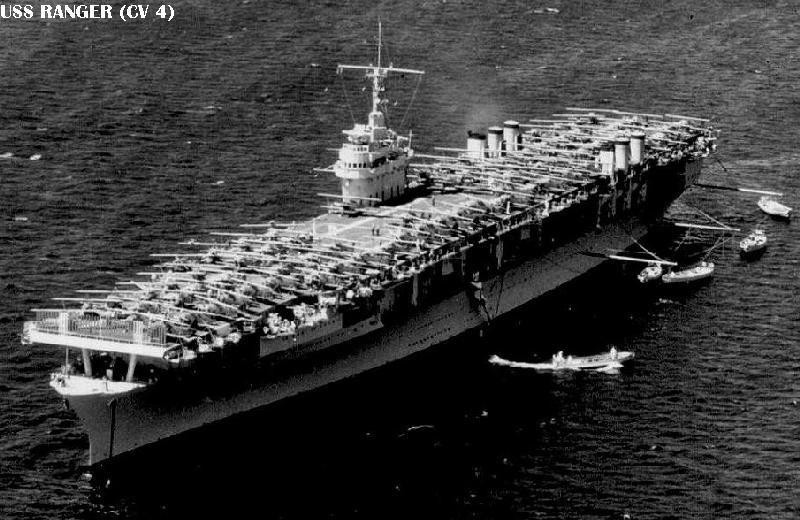
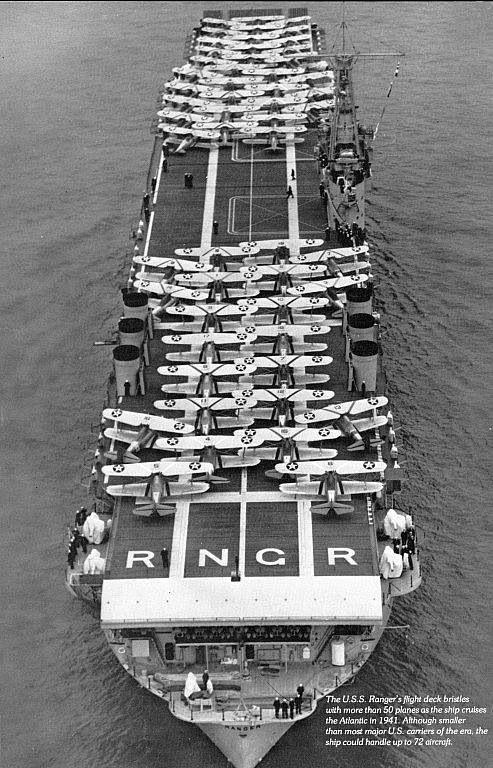
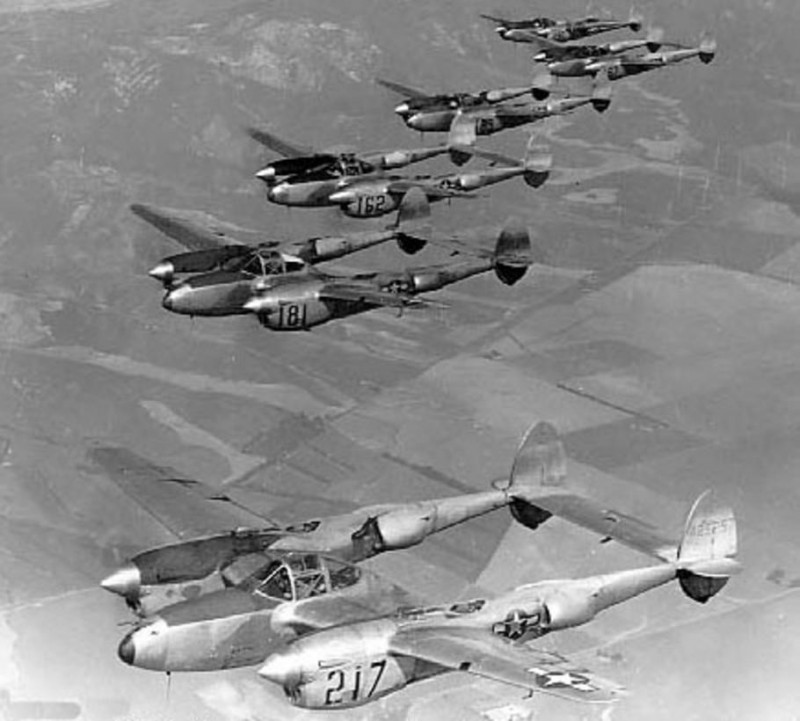
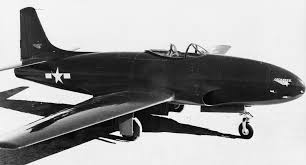
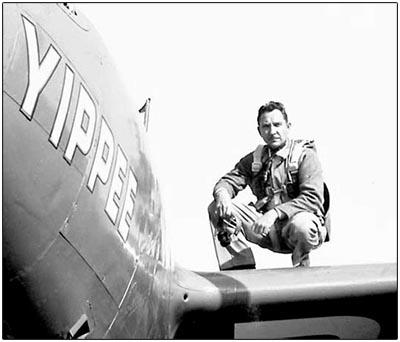

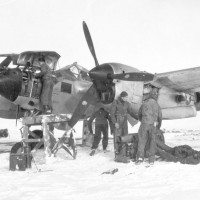
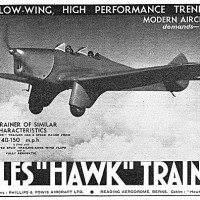

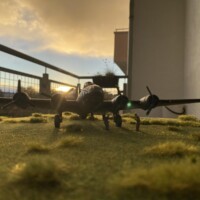
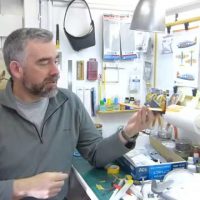

David, the story of Ardon Rector Ives fascinates me for a simple reason: I grew up in Kent County and used to visit Rockford as a kid, hunting crayfish at the dam and walking around the quaint downtown (if even it could be called that at the time). If Ives was KIA on March 18 in a dogfight but not confirmed as such until May 22, is there any information about the body recovery? Or is the marker in Rockford merely that--a memorial with the body lost to the waters of the Pacific?
Hi David.
Ardon’s grave marker is just that, a memorial stone. The Lexinton was attacking the Japanese home islands in March ‘45 (so I believe) so given it took so long to confirm his death, I’m sure he went down in the Pacific/South China Sea.
Right. Makes sense.
Rockford, incidentally, is a sleepy and idyllic place. Surely more hustle and bustle now than then, as the (relatively) nearby city of Grand Rapids has grown in prominence quite a bit since then. But when Ardon was growing up with would have been very rural, almost Edenic.
Rest in peace, defender on my freedoms.
Fascinating collection this time, sir.
Cheers, Craig. Appreciate you stopping by.
I've never seen that photo of the Arizona being salvaged before. Interesting, thanks.
Thanks for the ongoing support, Robert.
Ives flaming Hellcat would make for a challenging diorama. The second pics shows the Hellcat surprising little worse for wear.
Ha, you’d think it’d be impossible to make a convincing diorama of that shot...
Um...wow...
Odd thing, in the "flaming" photo there's a white diagonal on the tail's vertical stabilizer; the flight photo shows no such stripe. I wonder which pic was first.
I think the in flight pic is post fire. My reason for saying this is that Ives scored three ‘kills’ - you can see the markings on the B&W photo - absent in the fire photograph.
I believe that these are pictures of two different planes. The first one is an earlier F6F-3 plane in three tone camouflage, but it's possible that the plane is wearing the very early Blue Gray over Gray colors). It's very hard to distinguish the demarcation line between the two blue colors or even tell decisively if there's a demarcation line present at all...
Judging by the unit insignia I'd guess that it was from VF-16 flying from the Lexington.
The later "fire" picture is a F6F-5 Hellcat painted in overall Glossy Sea Blue. It also has underwing rocket rails.
The early F6F-3 Hellcat were mostly painted in the tri color camouflage and the later F6F-5 were painted in overall GSB.
Another identification clue is the rear side window present behind the sliding canopy on the F6F-3 plane. The later F6F-5 normally didn't have the side window, (some of the early ones did however).
I too was curious about this stuff and started studying the pictures a little bit closer.
Excellent question and article !
So was the first photo of Ives Hellcat of fire actual color film or was it colorized? I've only seen B&W photos and in color it is quite spectacular! Uh, NOW I have a Kodachrome earworm drilling into my brain! Thanks Paul Simon! (Not that that's a terrible thing though.)
Josh, @jpatt1000
and David, @dirtylittlefokker
I found these color photos several years ago when I was searching for some Hellcat information online. This series of wartime color pictures shows the sequence of events as another F6F was landing as it was on fire...
You can gather more information as to exactly what was happening in the captions listed below each photo...
Looks like these US Navy Fire Rescue crews were very good at what they did ! From what the captions state, they had the fire out within One Minute and 30 seconds !
This Hellcat also looks better than one would expect.
Enjoy !
Fantastic shots, Louis. These ARE original colour photos, no?
Thanks for sharing. As if landing a plane on a narrow deck when the ship’s at general quarters isn’t enough, he does it when the plane is on fire.
These boys were good.
Yes these are original color photos taken from a vintage magazine.
The crazy thing is that according to the captions, the pilot didn't realize that his plane was burning ! Probably a good thing too, since the added stress would have made things even harder for him.
From what I have gathered it was an occasionally occurring problem with the fuselage centerline tank rupturing during a rough landing ...but this one was burning before touching down on the deck. Was it due to combat damage ? I don't know for sure.
I have other pictures of F6F's that have burned upon landing. But they're black and white pictures... to me it seems that the fuel tank seams (no pun intended) had a tendency to split, thereby spilling the high octane AV gas on the deck.
Yes these guys were very good at what they did. Years later we used a lot of the technology in the modern "civilian" Fire Services that was pioneered years earlier by the military.
‘Colourised’, Josh.
“Momma don’t take my Kodachrome away...”
"Colourised", how very British of you David! I don't use a "U" whilst spelling "color" but I do put the "E" at the end of "theatre"! (I have also been known to use "grey" or "gray" depending on whether I'm driving my MG or not!) "When I think back on all the c**p I learned in high school, learning how to spell "skweril" wasn't one of them at all!"
I recognise at the center of your humour a defence mechanism, please don’t take offence, no need to apologise, as spelling properly and manoeuvring the language around is a labour of love for us Brits, but even my neighbour gets it wrong. This sort of behaviour is fuelled by litres of bad blood caused by that silly revolution. No need to jeopardise our friendship...
Awesome post!...'Every Marine a rifleman, every sailor a firefighter'
Thanks Robert. Every submariner a complete nut job...
We tankers were proud of our "perceived" craziness. It helps you crawl into one of those powerful, mobile coffins, day after day. And enjoy it!
Right, Louis? @lgardner
LoL!
You got that right Jeff ! 🙂 @mikegolf
We "tankers" are as crazy as an "out house rat"... and very proud of that ! 🙂 LoL ...
I miss tank gunneries...I had a blast (no pun intended). but not the BS inspections...that often followed them. Looking back these inspections were a necessary evil though.
What most people don't realize is that a tank can be dangerous to the crew as well. I have seen many crew members get severely injured during "normal" operations or even just performing routine maintenance. This was particularly true of the "turret monster"... Jeff will know exactly what I mean by that.
When you were anywhere around these beasts, you had to be on your "A" game...or be prepared to suffer the consequences.